This week, I am attending the NW Dispute Resolution Conference, so I’ve been thinking a lot about the role mediation has played in my life. Mediation is a process by which people can resolve conflicts. It is built upon a foundation of listening and respect that I have found helpful as a parent, a partner, a coworker, a supervisor, and as a person living within a community of other people. I want to take a couple posts to dive into what mediation is and why all of us could benefit from becoming trained mediators.
Let’s start with the basics. What is a mediation?
Most mediators follow a 6-step mediation process, and our role as mediators is to be the guardian of that process. The role of the mediator is to guide the parties through the process. The steps are:
Mediator opening statement. This is where the mediator explains the process and asks for the parties to affirm that they are there to participate voluntarily, will keep confidentiality, are willing to consider and make offers in good faith, and share pertinent information with the other party(ies).
Party opening statements: Each party has equal opportunity to share what the conflict is, why they are there, and what they would like to resolve during the mediation. All parties also get a second opportunity to respond to what the other party(ies) said. During this time, each party directs their statements to the mediator.
Agenda building. The parties then work jointly to develop a list of the things that need to be decided for the conflict to end. Any party can add an item, and no one can veto any item.
Negotiation. This is where the parties turn to each other and begin offering possible solutions. Depending on the particular circumstances of the conflict (especially where there has been a history of violence or the potential for abuse), mediators may opt to have parties convey offers and counter-offers from different rooms, using the mediator as an intermediary. In most situations, however, the parties will need to continue communicating after the mediation, and it is beneficial for them to practice solving conflicts face-to-face. During this time, the mediator will model active listening, frequently acknowledging the underlying interests at play and addressing the emotions that get stirred up.
Caucus. Sometimes a mediator may call a caucus. A caucus is an opportunity to for each party to meet separately with the mediator. These sessions are doubly confidential, in that the mediator will not reveal anything discussed while meeting with the other party(ies). These can be useful for helping address sensitive issues, or acknowledging something that someone is unwilling to let go.
Renewed negotiation. After caucus, there is an opportunity to come back together and continue discussing the items remaining on the agenda.
Settlement writing. The only document that survives a mediation is the signed settlement agreement. Once the parties have reached an agreement, they will write it down and sign it.
Closing statement. This is an opportunity to acknowledge the hard work that was done by the parties during the mediation. Even when a mediation doesn’t end in a settlement agreement, the parties often leave with a greater understanding of the problem and the needs of the other party(ies).
Why does mediation work?
Mediators believe that the best people to resolve a conflict are those most closely affected by it, and not by a so-called neutral third party (aka a judge). You know your life best, and you know what will and won’t work. Therefore, you must be involved in finding a solution.
We also believe in the power of listening and being heard. I have been in the room when a party was finally heard, and the conflict resolved within minutes. The experience of being validated, heard, acknowledged, is powerful. The experience of finally hearing another person (especially someone with whom you have been in conflict) is also powerful. To hear them without adding judgment and without resisting the communication for fear that you will be impacted — it isn’t easy, but it is powerful.


